Lady’s slippers and rattlesnake plantains silent ambassadors for endangered orchids
by Melissa McCormick and Kristen Goodhue
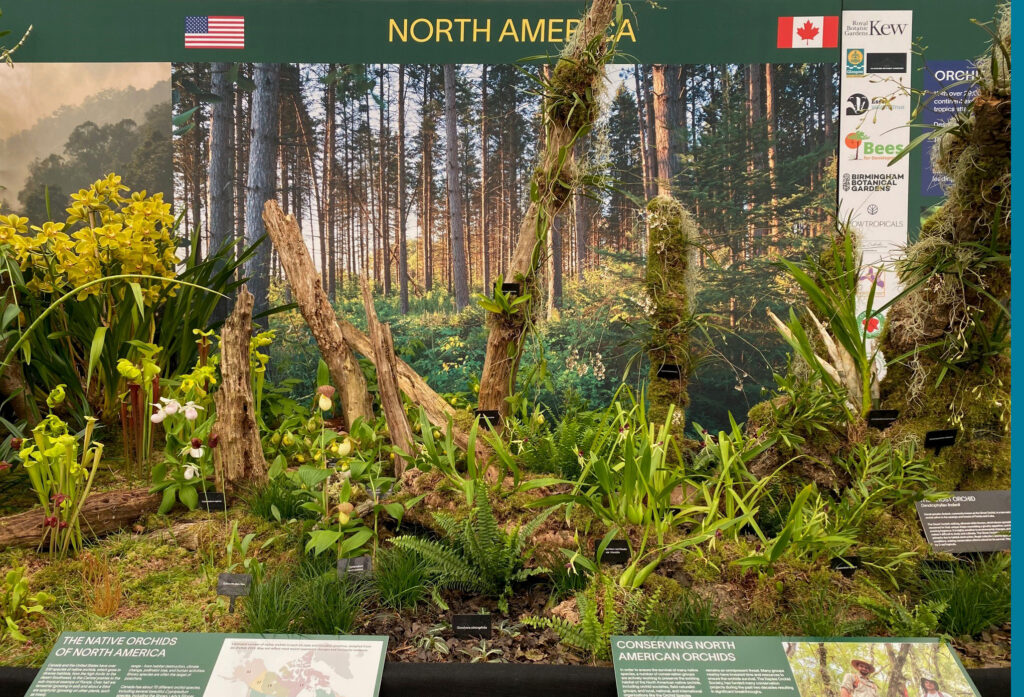
Maryland’s native orchids will enjoy a rare moment in the spotlight at the Chelsea Flower Show in London this week, one of the most famous flower shows in the world. The show’s “Orchids in the Wild – The Beauty of Nature” exhibit, running May 20-25, includes 27 native orchids from North America, as part of a display co-hosted by the Smithsonian highlighting the plight of orchids.
Orchids are the world’s largest flowering plant family, with over 29,000 species. They outnumber bird species two to one, and mammal species four to one. They inhabit nearly every region and ecosystem on Earth, from the tropics to the high Arctic. But in North America, more than half of the 200-plus native orchids are threatened or endangered somewhere they once thrived. For many orchid species, part of their vulnerability stems from their dependence on specific fungi to germinate and grow, and specific pollinators to reproduce. This makes them extremely sensitive to habitat loss or disruption.
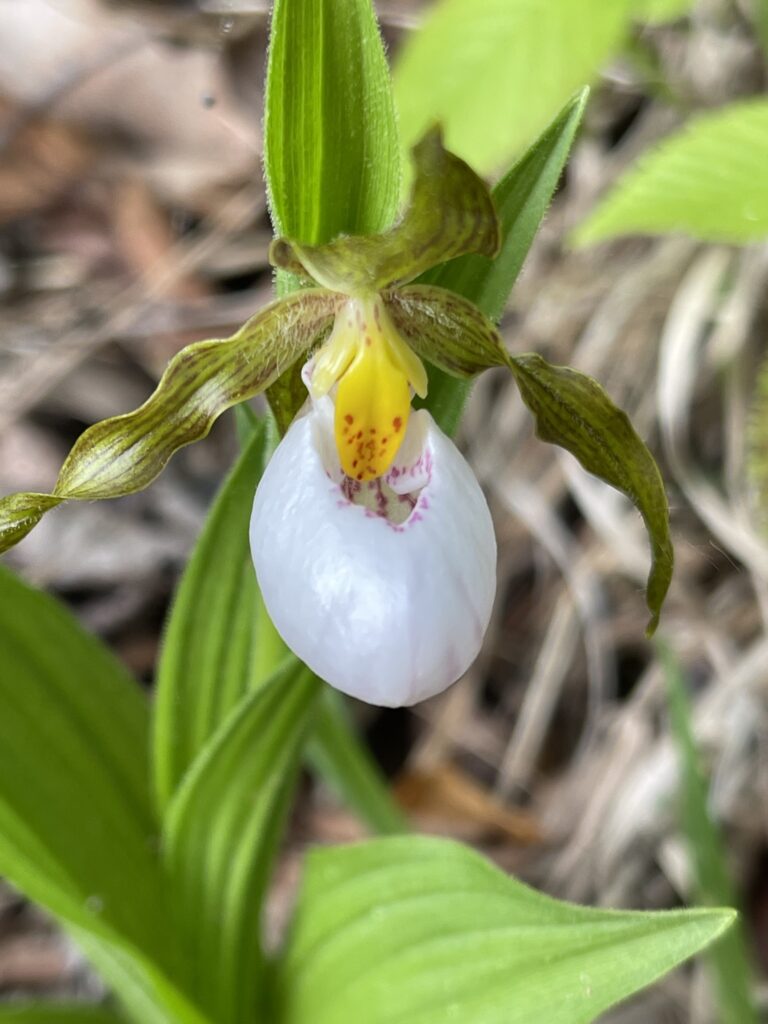
“Because they depend so much on other species, orchid conservation can be quite complicated,” said Melissa McCormick, an orchid ecologist with the Smithsonian Environmental Research Center (SERC) and director of the Smithsonian’s North American Orchid Conservation Center, which helped created the exhibit. “But it also means that by conserving orchids, we are conserving healthy environments and many other species that grow in the same locations.”
Orchids play a vital role as “canaries in the coal mine” for environmental health. Since they depend on specific trees, pollinators, soils and especially fungi to thrive, their presence is an indicator that the pieces of the environmental puzzle are in place. When orchids disappear from their historical habitats, it is an early sign that something is wrong.
The Chelsea Flower Show has run in London every year since 1913, pausing only during the two World Wars and in 2020 for the coronavirus pandemic. Hosted by the Royal Horticultural Society, it attracts over 150,000 visitors each year, including members of the British royal family and other celebrities. The show contains over 100 exhibits and displays, featuring tens of thousands of plants.
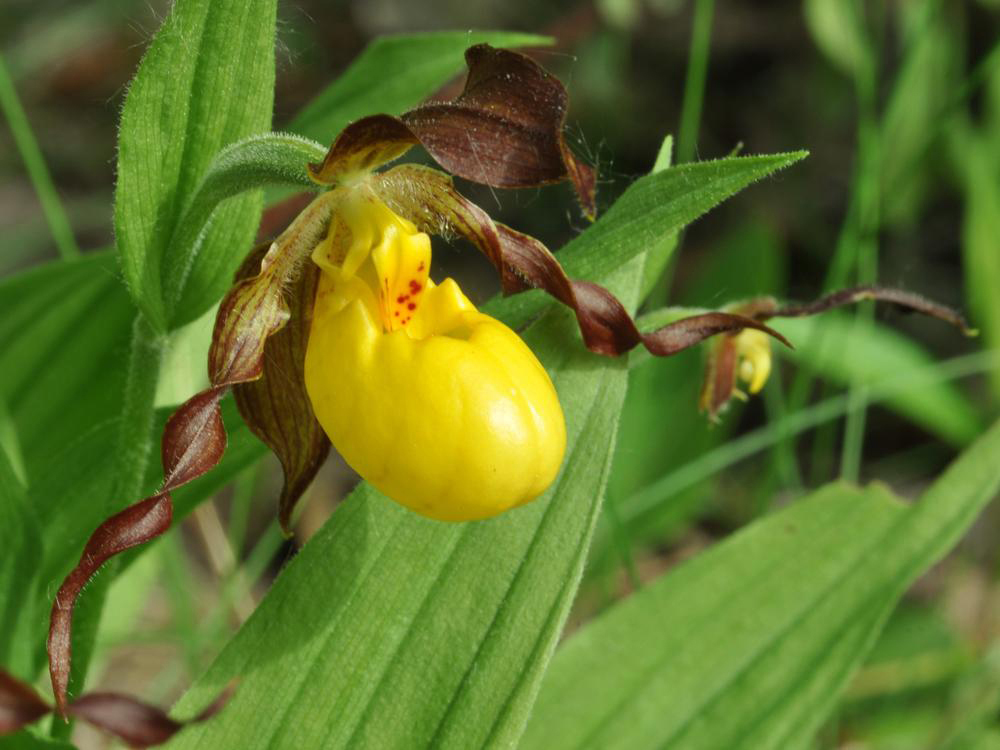
The Maryland orchids at the show include the white lady’s slipper (Cypripedium candidum), the yellow lady’s slipper (Cypripedium parviflorum), the showy lady’s slipper (Cypripedium reginae) and the dwarf rattlesnake plantain (Goodyera repens). One of those orchids—the white lady’s slipper—is endangered in Maryland. Two others, the dwarf rattlesnake plantain and the showy lady’s slipper, have not been seen in Maryland for years though they once blossomed in parts of the state. Today they are both presumed extirpated. Their presence at Chelsea stands as a testimony to orchids that are disappearing locally all over the country from places they once flourished.
In addition to the Maryland orchids, the exhibit will include a beautiful display of native orchids from throughout the United States, Canada, England and India. The exhibit will highlight the perils orchids face around the globe and the importance of saving them from threats like habitat loss and climate change.
As another example of the plight of orchids worldwide, the exhibition will showcase the Kentucky lady’s slipper (Cypripedium kentuckiense)—a terrestrial orchid found only in isolated patches of deciduous hardwood forests and forested floodplains in the U.S. South, from Texas to Virginia. It is considered rare or endangered in all 10 states where it still exists.
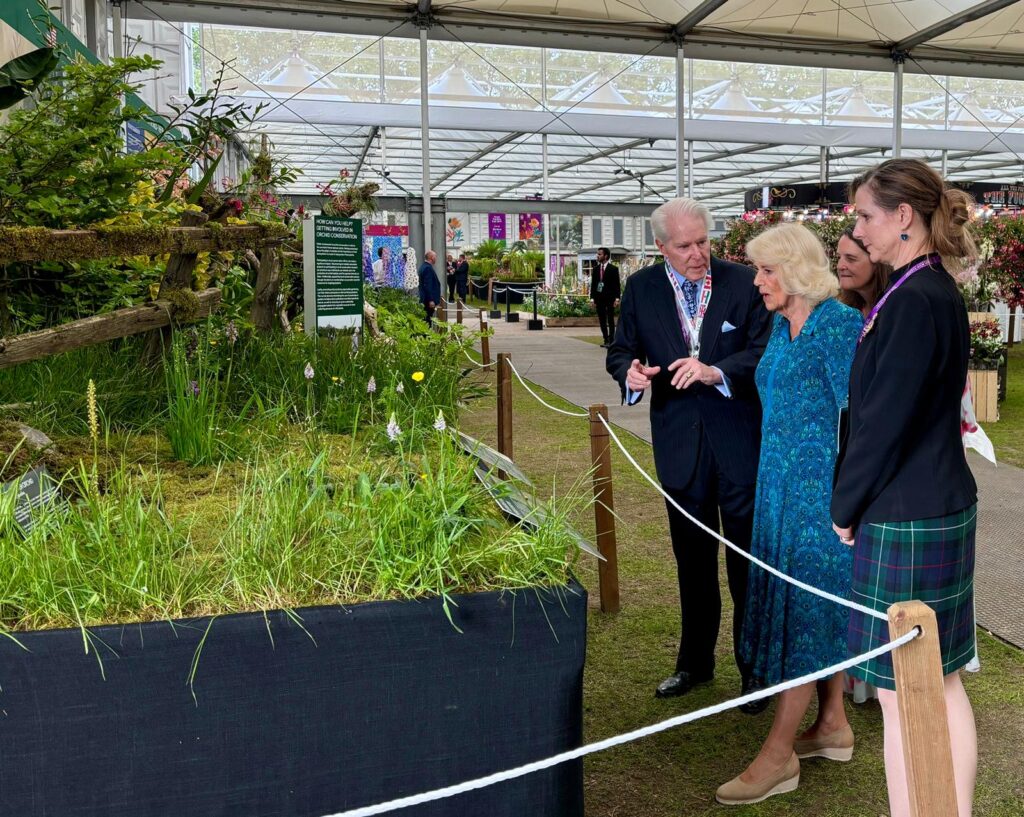
In an effort to save North America’s native orchids before time runs out, scientists at SERC and the U.S. Botanic Garden created the North American Orchid Conservation Center (NAOCC) in 2012. First led by SERC emeritus botanist Dennis Whigham, NAOCC now contains over 60 organizations across North America dedicated to preserving the continent’s native orchids. Its members work to preserve orchid habitat, research orchid ecology and conservation, and maintain collections of orchid seeds and fungal banks for future propagation.
“The complex ecology of native orchids is a puzzle which requires cross-disciplinary and multi-regional alliances to ensure the success of orchid research and preservation efforts as the clock ticks,” said Julianne McGuiness, NAOCC’s program development coordinator who also joined McCormick at the Chelsea show. “A primary aim of NAOCC is to tap into the power of collaboration to advance native orchid conservation for future generations.”
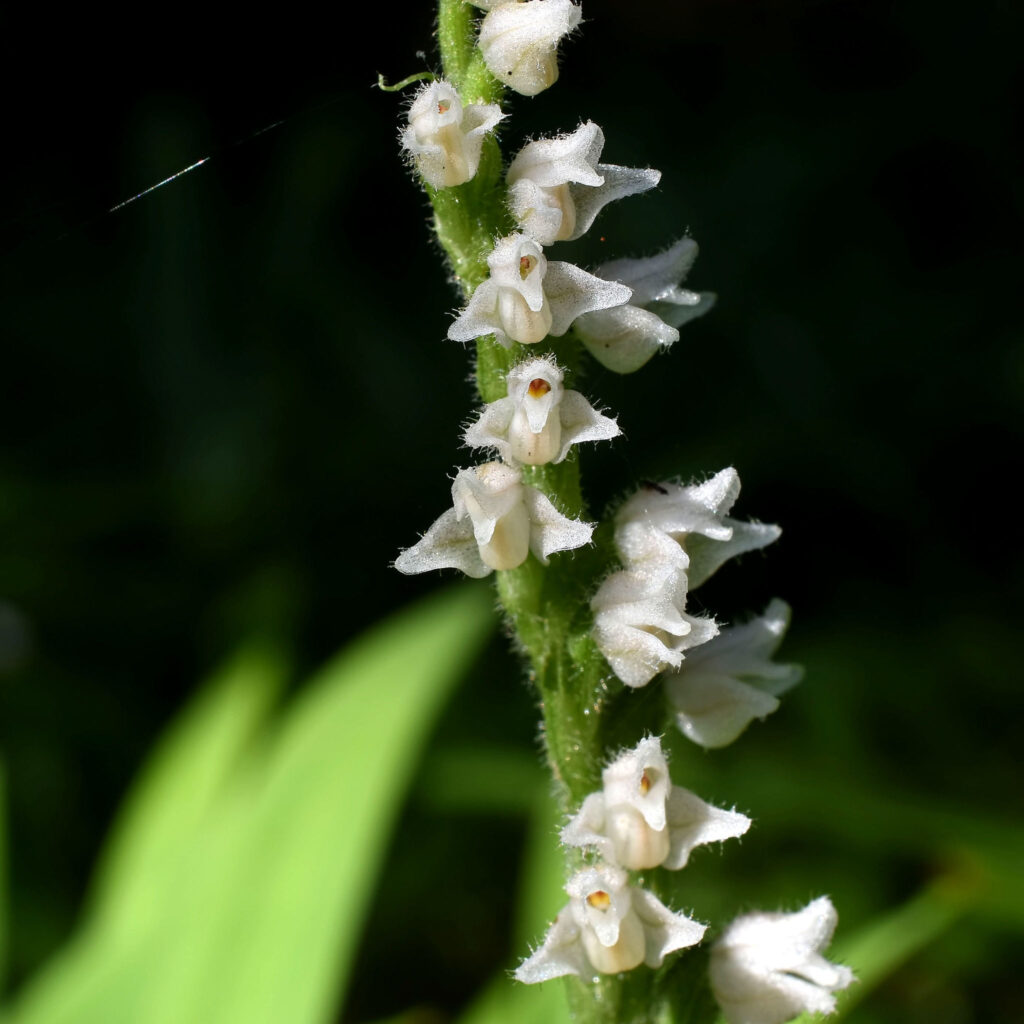
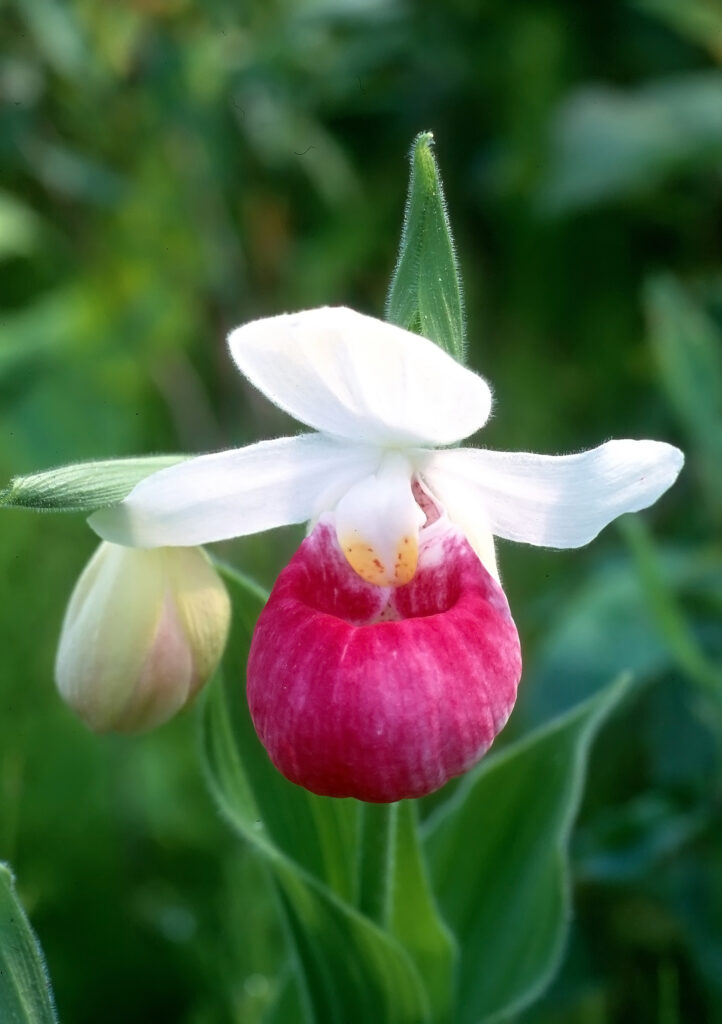
The Smithsonian’s North American Orchid Conservation Center joined a team of native orchid specialists to create and staff the display. The specialists at the exhibit are breaking new ground to develop our collective knowledge about these rare plants, their symbiotic relationships with their ecosystems, and how to propagate them and nurture sustainable populations. In creating the display, the team worked closely with the exhibit’s chairperson John Parke Wright IV; Julianne McGuiness of NAOCC; Lawrence Zettler of Illinois College; experts from the Royal Botanic Gardens, Kew; and experts from Grow Tropicals, a London-based horticulture business.
Emphasizing the need for collaboration to save native orchids throughout the world from extinction, the NAOCC/Smithsonian team is proud to join the following botanical gardens and institutions in presenting the exhibition:
Royal Botanical Gardens, Kew
J. P. Wright & Company
Chicago Botanic Garden
Humboldt Botanical Garden
Illinois College
Longwood Gardens
Naples Botanical Garden
Stetson University
University of Florida
University of Minnesota Landscape Arboretum
Canadian Orchid Congress
Southern Ontario Orchid Society
Ottawa Orchid Society
Bees for Development
Birmingham Botanical Gardens
Essex Wildlife Trust
Elite Orchids
Glasgow Botanic Gardens
Panjab University

